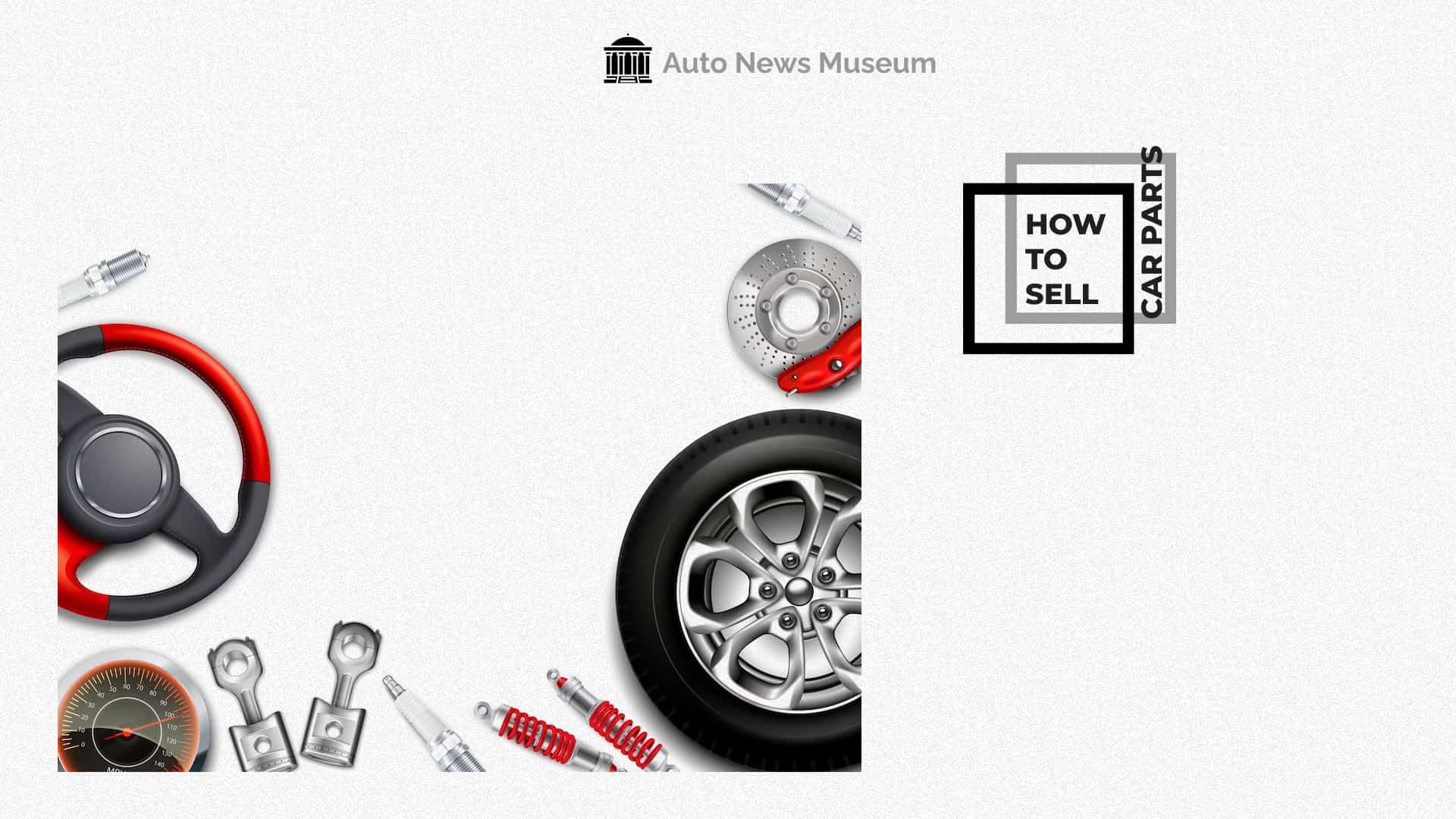If your car has reached the end of its life, or you’ve been in an accident that has left it in an irreparable state, you may be wondering how to get the most value out of it. One effective way is to sell the car for parts. Not only will this put some extra money in your pocket, but it’s also an eco-friendly solution that can give your vehicle’s components a new life. However, selling a car for parts requires a different approach than selling a functional vehicle. Here’s a step-by-step guide to help you through the process.
1. Evaluate the Condition of the Car
Before anything else, you’ll need to assess the state of your car to determine which parts are in good condition and can be sold. It might be beneficial to consult a professional mechanic for an in-depth inspection. Create an inventory of parts, focusing on the ones that are in high demand like the engine, transmission, catalytic converters, and electronics.
2. Research Local Laws and Regulations
Selling car parts involves following specific laws and regulations, such as the removal and disposal of hazardous fluids and materials. Failure to comply could result in fines or other legal consequences. Always check local and state laws before proceeding.
3. Determine the Best Selling Approach
You have two primary options:
- Parting it out yourself: This approach will likely yield the most money but requires more effort. You’ll need tools, space, and the know-how to dismantle the car.
- Selling to a Salvage Yard: This is quicker and less labor-intensive, but you’ll get less money.
Decide based on your needs, available time, and skill set.
4. Prepare the Vehicle
If you choose to part out the car yourself, drain all the fluids, such as oil, coolant, and gasoline, according to local regulations. Remove the usable parts carefully to keep them in good condition.
5. Advertise Effectively
Utilize multiple channels to sell your parts. You can list them on online marketplaces like eBay, Craigslist, or specialized auto parts websites. Photos and accurate descriptions are crucial. You could also consider using social media platforms or car enthusiast forums to reach a wider audience.
6. Price it Right
Pricing your car parts correctly can be challenging. Too high, and they won’t sell; too low, and you won’t make a profit. Research the market value of the components you’re selling and price them competitively. Don’t forget to factor in the condition and rarity of the parts.
7. Be Ready to Negotiate
Buyers will likely try to haggle. Be prepared for this by setting your prices slightly higher than the lowest amount you’re willing to accept. Know your bottom line and stick to it.
8. Finalize the Sale
Once you have a buyer, discuss the payment method and how the parts will be delivered or picked up. Be cautious with payment methods to avoid scams. Cash is usually the safest option for smaller transactions, while verified bank transfers may be more appropriate for larger sums.
9. Handle the Paperwork
After selling all the parts, you’ll have to dispose of the remaining shell of the vehicle. To do this legally, you’ll need to transfer the title to a salvage yard or a metal recycling facility. Additionally, you’ll need to fill out any other necessary paperwork required by your local or state government.
10. Reflect on the Experience
Once the process is complete, consider what went well and what could have been done better. This reflection will be valuable if you ever decide to sell a car for parts again in the future.
Selling a car for parts can be a daunting task, but with careful planning, a little bit of elbow grease, and proper research, you can make the most out of a seemingly dire situation. Whether you’re doing it for the environment or your wallet, you’ll find that selling a car for parts is a rewarding experience in its own right.

